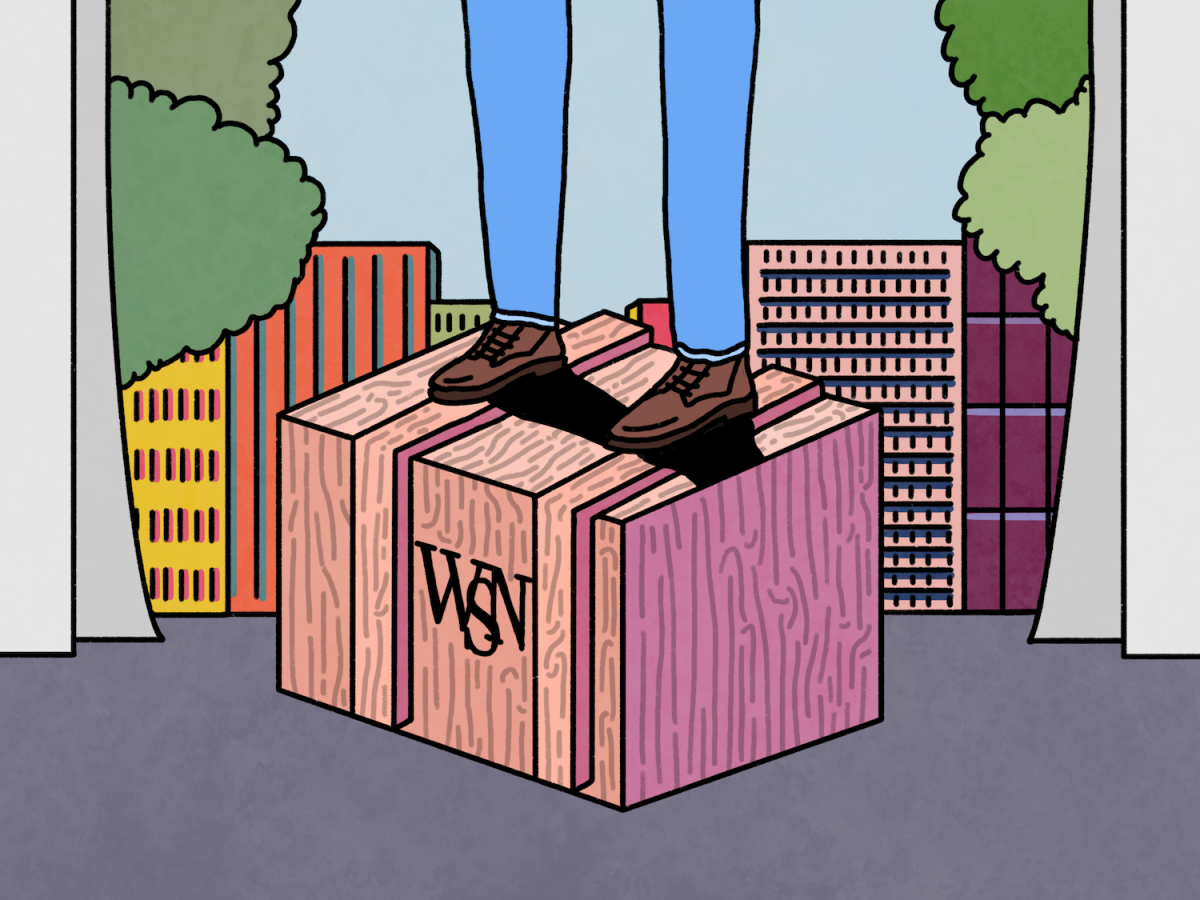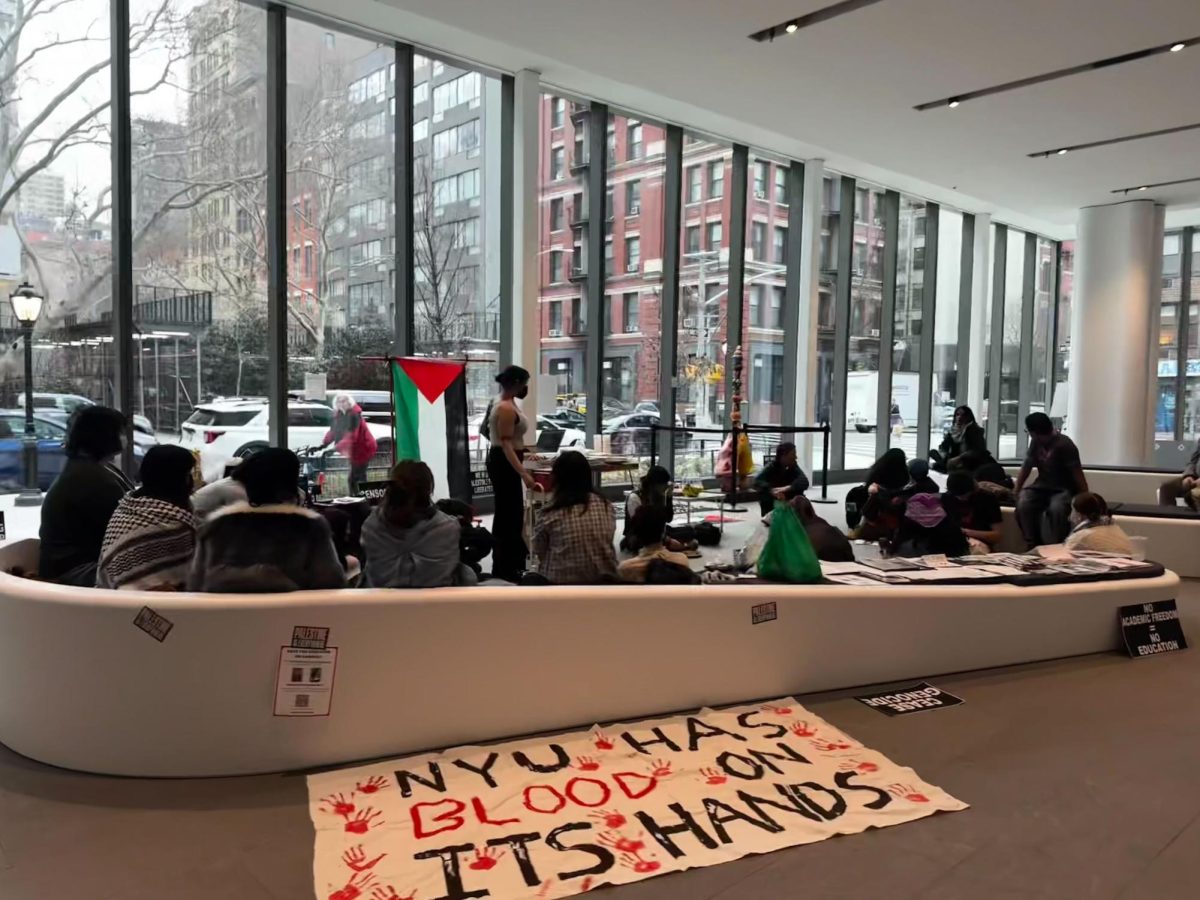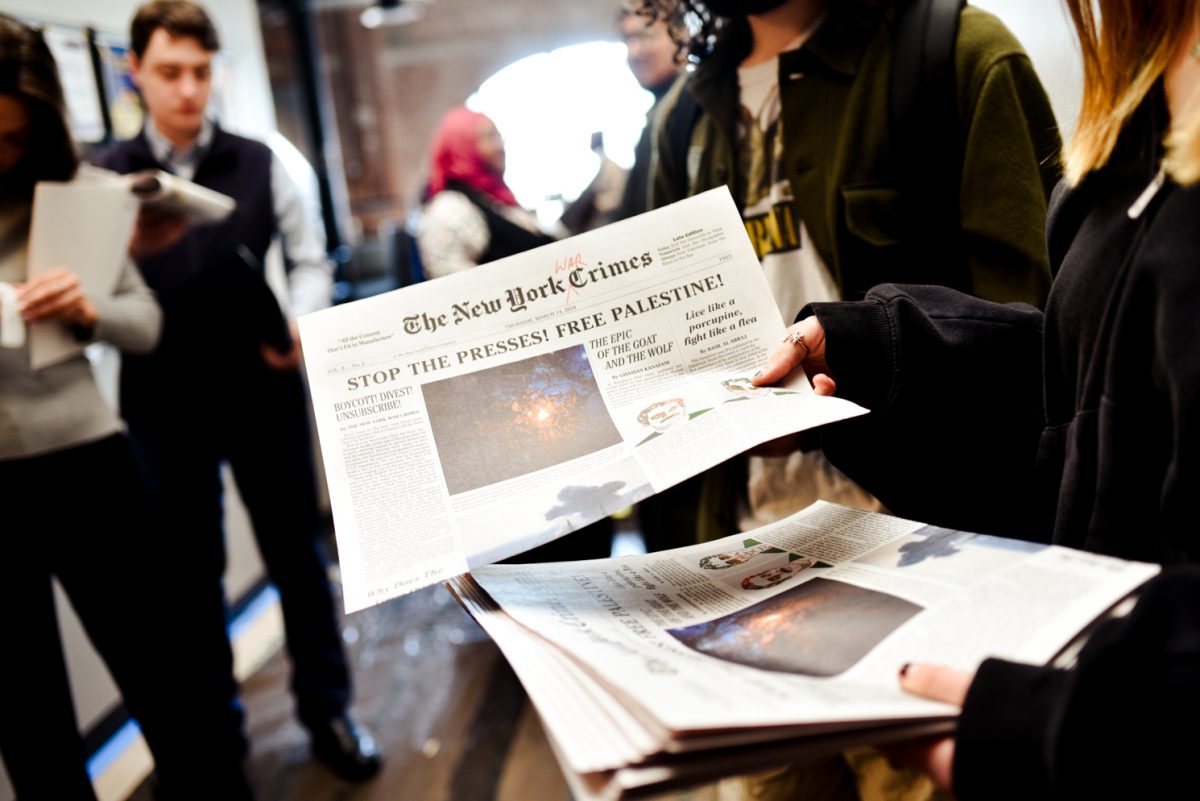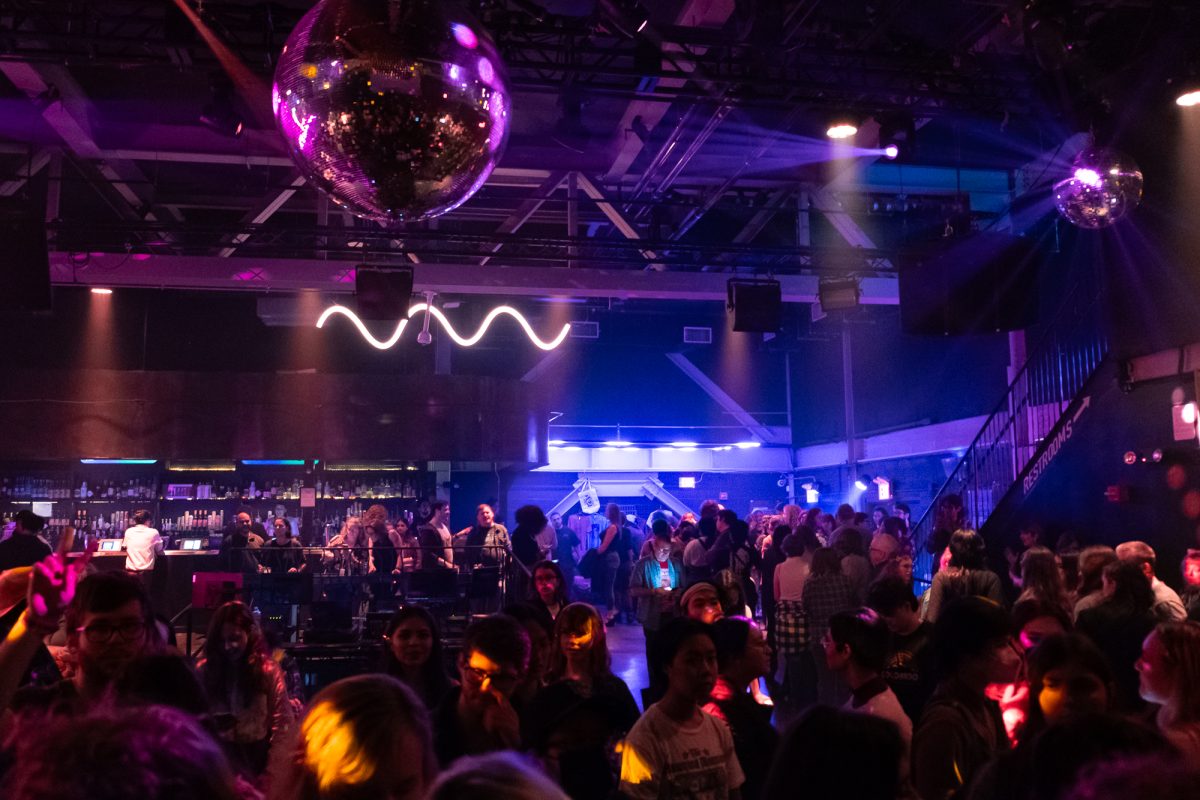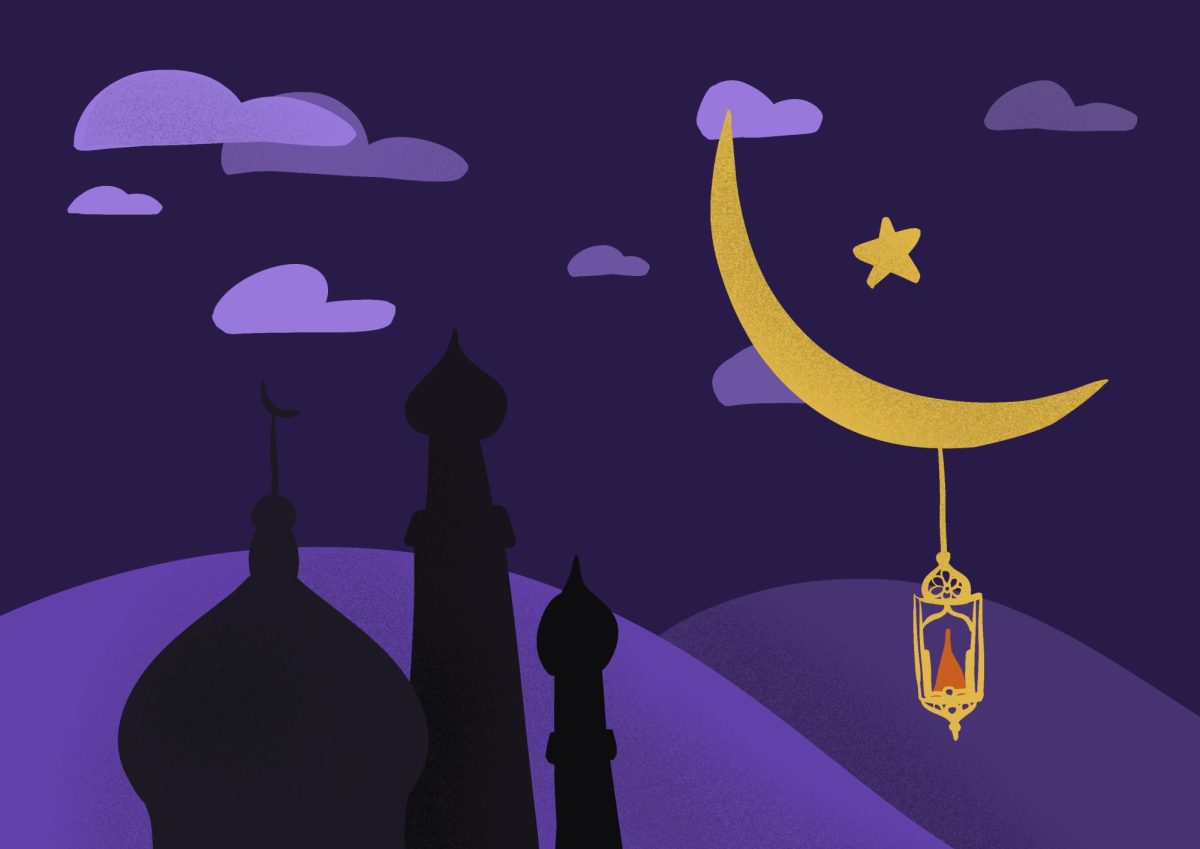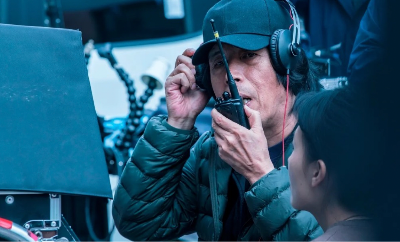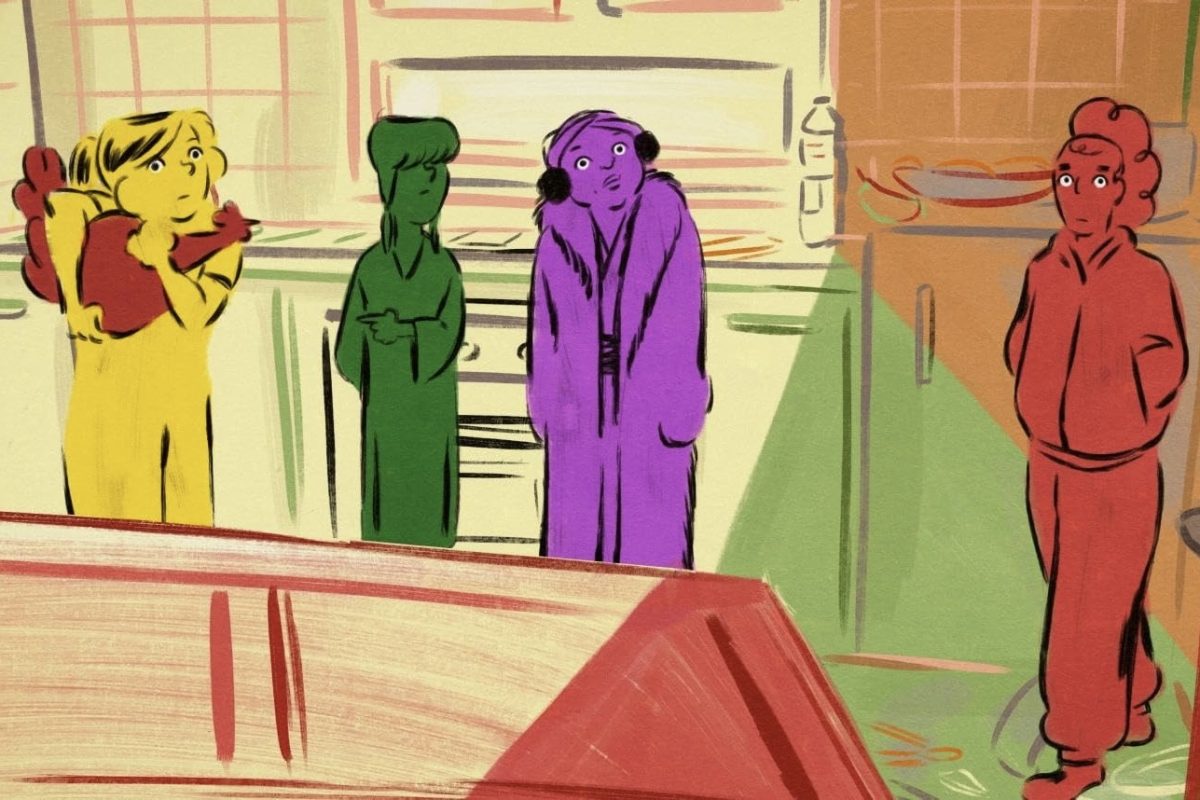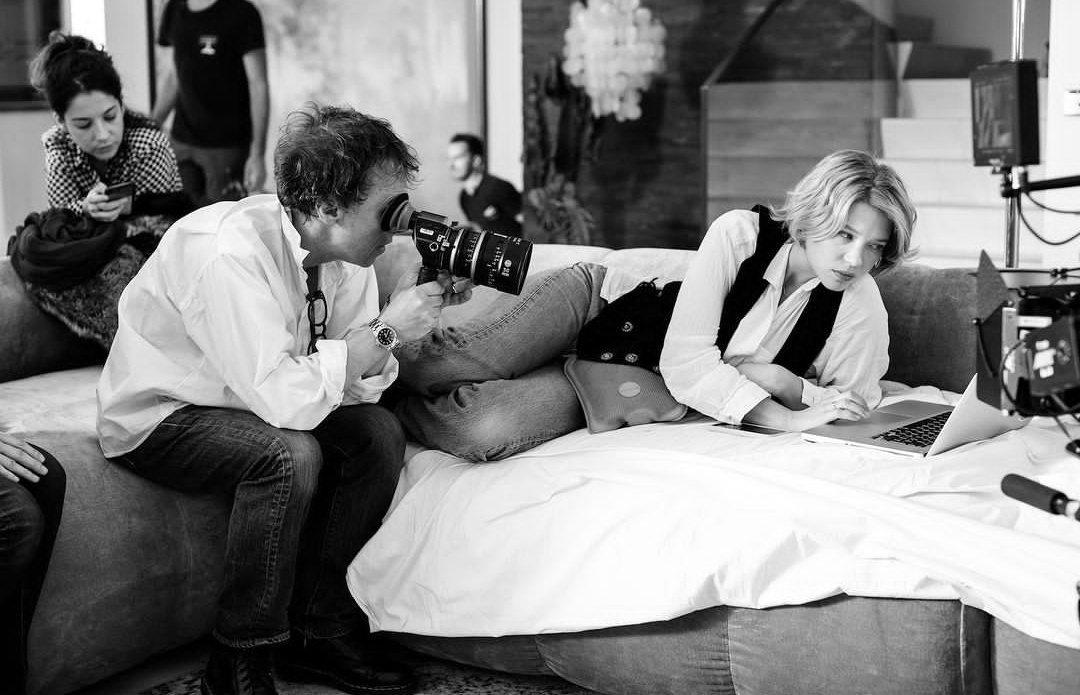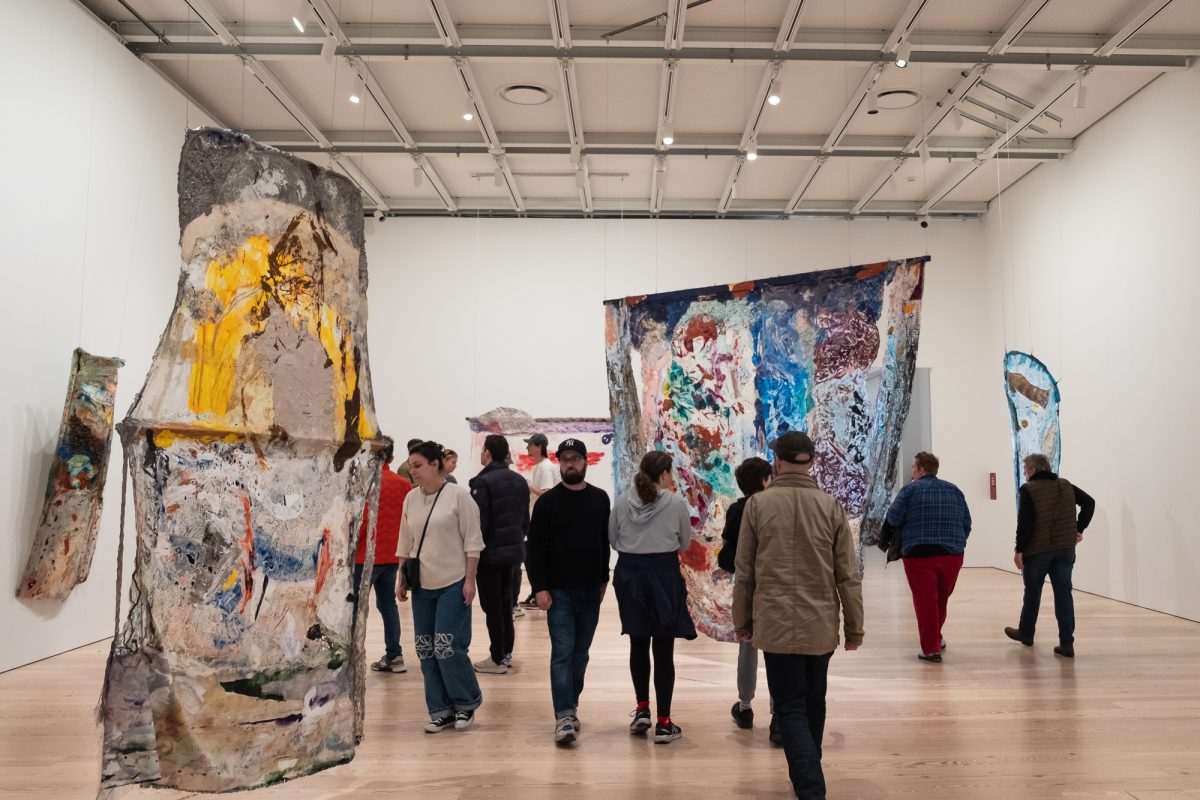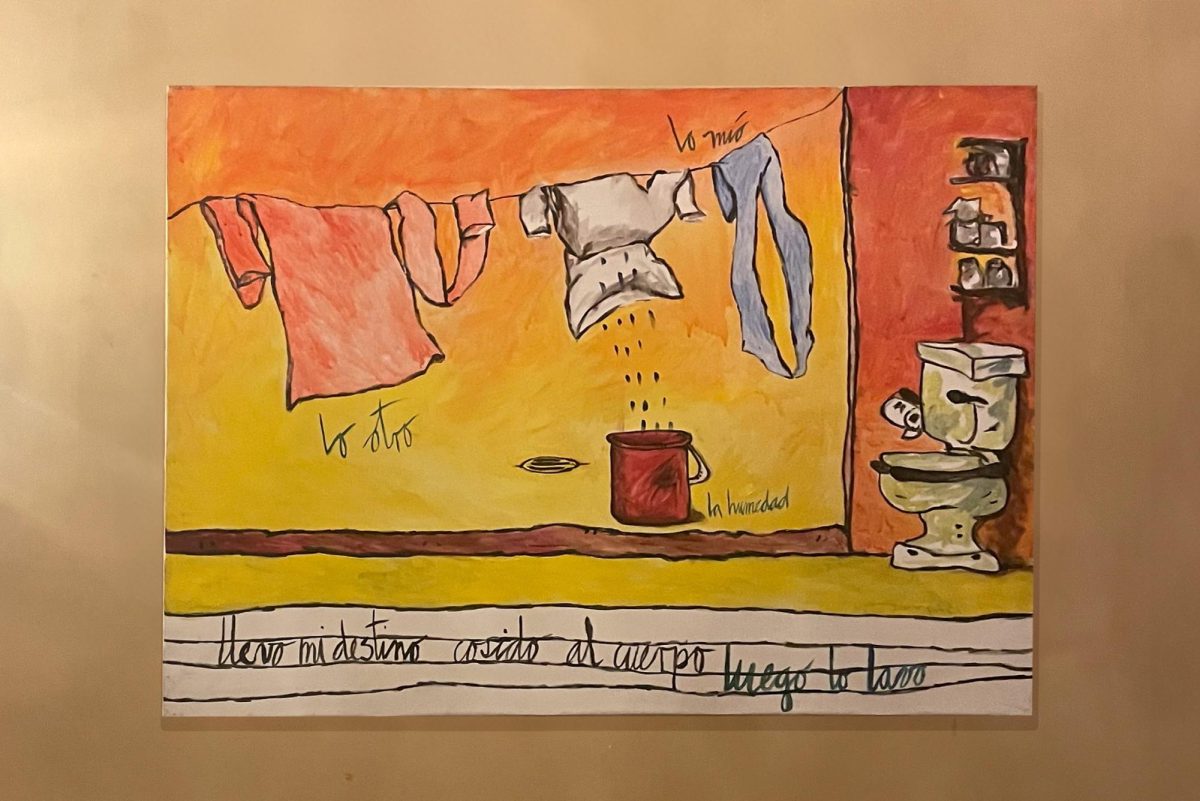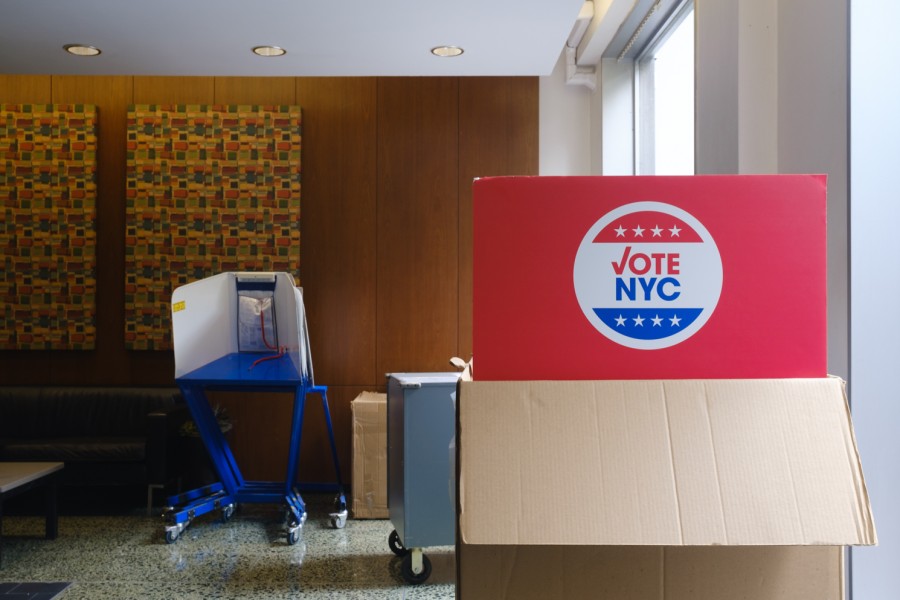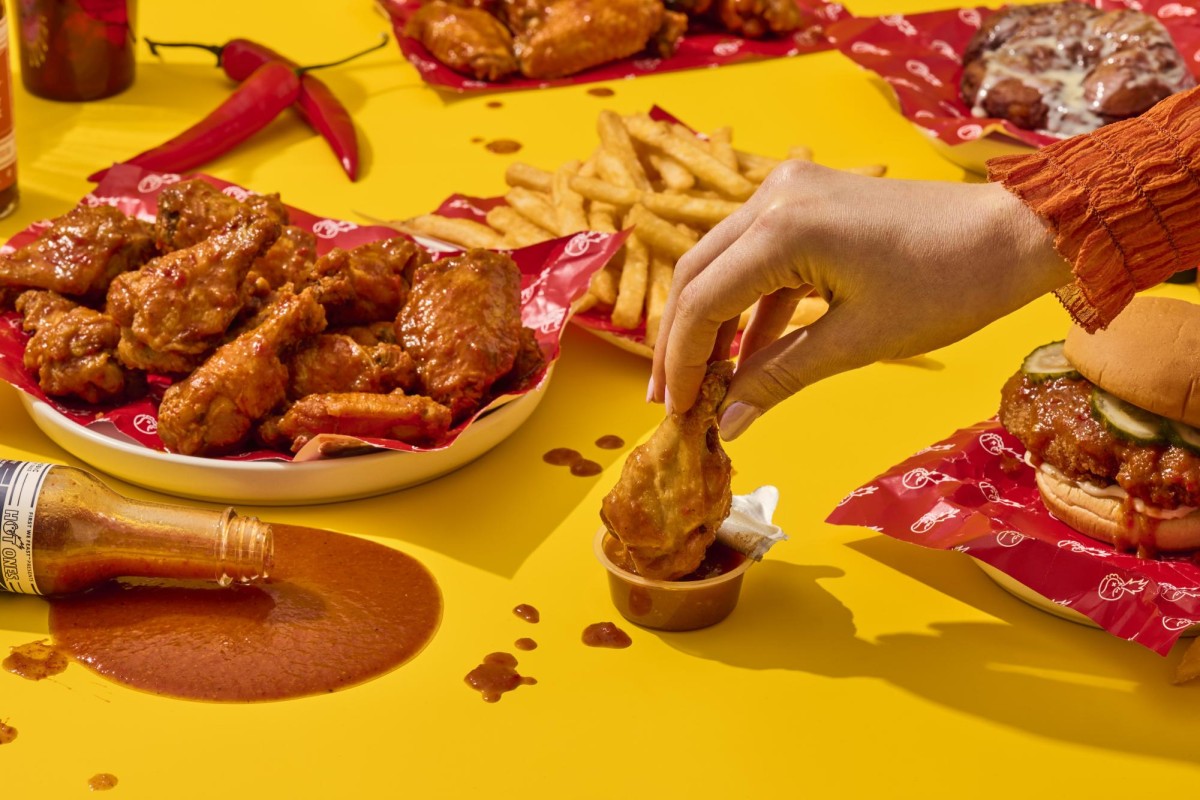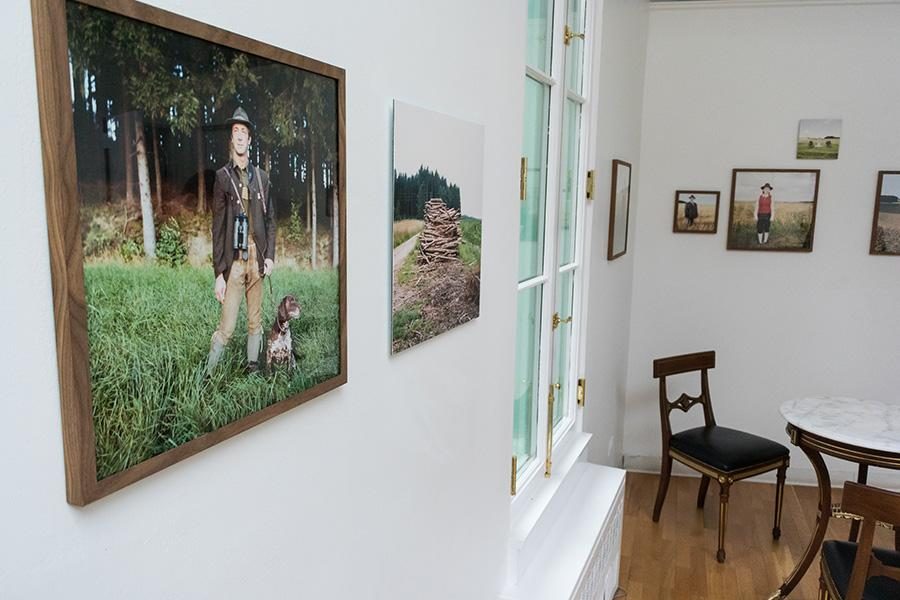Photos draw diverse reactions
January 26, 2015
“Gruss Gott — A Fairy Tale,” Florian Reischauer’s exhibit of simple yet cryptic photographs, has the power to stimulate and engage its viewers.
“This project functions as a metaphor that plays with memories and associations of the observers which ideally form, in the end, a story,” Reischauer said at the opening.
The setup for the exhibit is seemingly arbitrary, but Juliane Camfield, director of Deutsches Haus, commends the upstart photographer for his sense of conviction.
“He is extremely organized and talented,” Camfield said. “He emailed us a sketch of how he wanted the exhibit to look like, and he came and set it up exactly the way he planned.”
“Gruss Gott” is a narrative on childhood memories. Without captions, the portraits of individuals dressed in peculiar attire and landscapes of a small village in Germany’s countryside invoke unique reactions from different viewers. For Bernd Jennert, who works for the German embassy at the United Nations, “Gruss Gott” is an aid to the memory.
“The scenes I saw depicted in the photographs were very similar to the scenes in southwest Germany,” Jennert said. “It’s very similar in culture, traditions and landscapes.”
When Sarah Girner, the cultural program coordinator at Deutsches Haus, looks at the photographs, she experiences a sense of nostalgia.
“This project really resonates with me — it’s familiar to me from my childhood,” Girner said. “The woodsman, the maid, they all capture the essence of fairy tales from when I was younger.”
Reischauer, who is Austrian and resides in New York, incorporates the idea of being fixated in time as a recurring theme in “Gruss Gott” despite living in a city that is constantly changing.
“Nothing is constant; very few places stay the way they are and are constantly moving and changing,” Reischauer said. “With this project, there’s a certain constant that’s familiar, and it’s interesting to show it with my arts.”
Deeming it an ongoing project, Reischauer has many aspirations and future touches for the project.
“I would like to add some audio to the installment,” Reischauer said. “I want stories to be told by the protagonist.”
Reischauer’s other works include “Pieces of Berlin,” a book which includes portraits with excerpts from the subjects. J.M. Stim, a journalist and good friend of Reischauer who wrote the foreword for the book, compares the theme of the work to that of New York based photographer Brandon Stanton, founder of Humans of New York.
A version of this story appeared in the Jan. 26 print edition. Email Lumielle Choi at [email protected].





